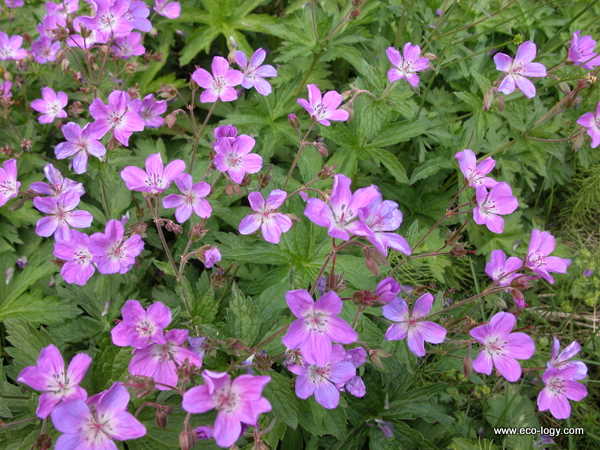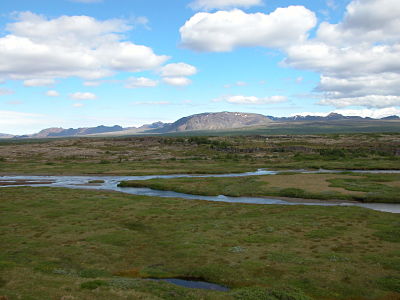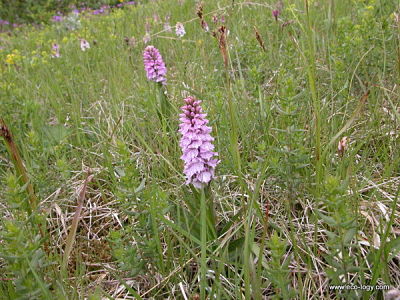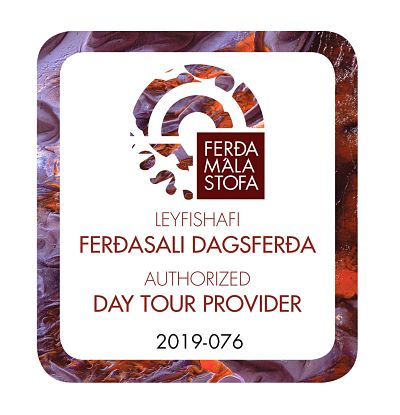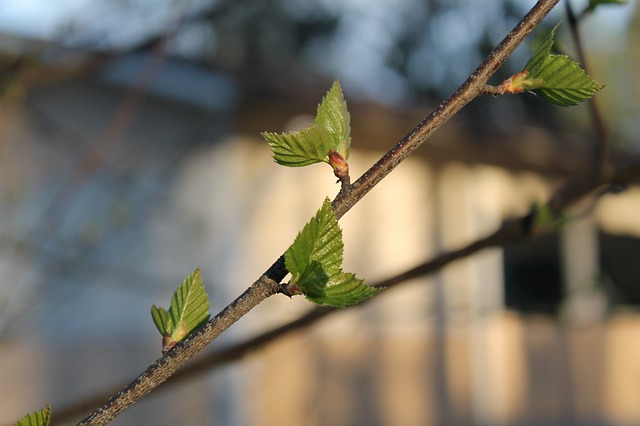Northern grassland
The vegetation of grassland is very diverse, however, grasses are most often dominant. In the summer green grass covers hills and valleys, river banks, coves and islands, while in the winter you see withered straws in the snow-covered fields. Grassland is not only used for livestock grazing and haymaking, but also for the outdoors and sports. Grasses tolerate well the browsing and treading of livestock and the many hardships of nature such as drought, flood and frost. The meristem of the grass plant is situated at its base, consequently large grazing animals usually cut the grass above the main growing area enabling the plants to recover rapidly.
Grasses have slender stalks, long and narrow green leaves, and the inflorescence is either a spike or a panicle. To mention a few Icelandic grasses, there is the Wavy Hair-grass (Deschampsia flexuosa), Tufted Hair-grass (Deschampsia caespitosa) bending in the wind, delicate bent grasses such as the Common Bent (Agrostis capillaris) and Brown Bent (Agrostis vinealis), and colourful grasses such as the reddish Red Fescue (Festuca richardsonii) and the blue-green Smooth Meadow-grass (Poa pratensis). Many plants in grassland are not grasses but dicotyledonous herbs. For example, there are the yellow-flowered buttercups (Ranunculus spp.) and dandelions (Taraxacum spp.), common sorrel (Rumex acetosa), with reddish flower heads, and the pink Cuckoo Flower (Cardamine pratensis). In sandy grassland you often notice the shiny metallic leaves of the Silverweed (Potentilla anserina), the deep-green leaves and bright flower heads of the Yarrow (Achillea millefolium), and occasionally the hemi-parasitic Yellow Rattle (Rhinanthus minor). Finally, there are a few legumes such as Tufted Vetch (Vicia cracca) and White Clover (Trifolium repens) that improve the soil with the help of bacteria in the root nodules.
The grassland is prolific and used for harvest, browsing of sheep, cattle and horses, and as grass fields and lawns surrounding people's houses. Land use has an effect on the fertility of land, diversity of plants and the complex interaction of living creatures in the grass sward and soil. Miscellaneous food chains of large and small organisms thrive on the vegetation. Moreover, the organic remains of grasses and dicotyledonous herbs become food for bacteria, fungi, earthworms and insect larvae. In the summer a large number of dipterans and caterpillars emerge and these become food for birds, such as the Golden Plovers (Pluvialis apricaria) and Starlings (Sturnus vulgaris). In many of our neighbouring countries meadows are lost to development and altered land use and at the same time wild plants and animals living there are finding it harder to survive. Even if the grassland is most often semi-natural rather than wild nature, this ecosystem needs protection in the future.
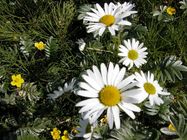
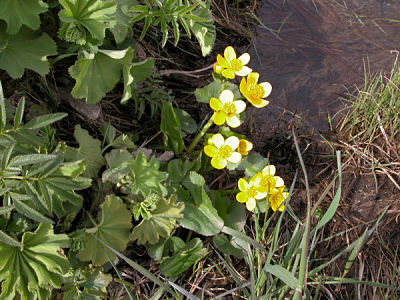
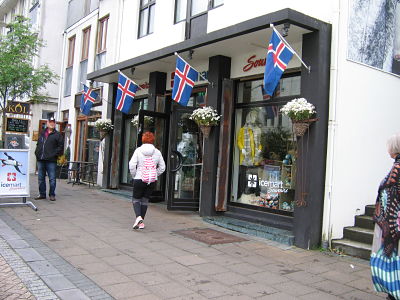

Fáðu nýjustu fréttir og tilboð frá Þund!
Get updates and special offers from Thund!
